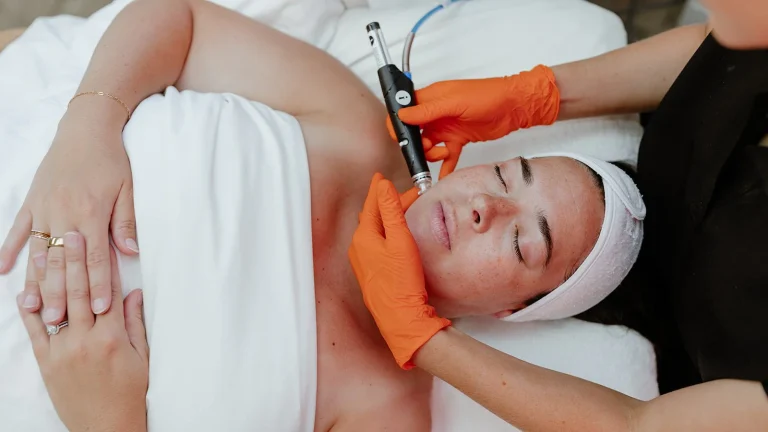Day: May 6, 2024
What To Know About a Root Canal
Root Canal Millions of teeth are treated and saved each year thanks to a root canal procedure. A root canal, otherwise called endodontic treatment, is […]
Everything You Need to Know About Hay Fever
Hay fever, also known as allergic rhinitis, is a medical condition that has similar symptoms as a common cold. The sufferer may experience sneezing, a […]













